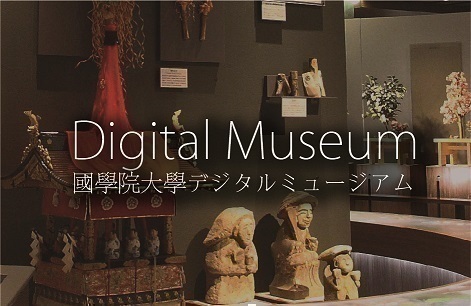- トップ
- Encyclopedia of Shinto
- Ryōnoshūge
Encyclopedia of Shinto
| Main Menu: | |
| Links: |
詳細表示 (Complete Article)
| カテゴリー1: | 9. Texts and Sources |
|---|---|
| カテゴリー2: | Other Basic Texts |
| Title | Ryōnoshūge |
| Text | A thirty-volume corpus of annotations on Yōrōryō, compiled by Koremuneno Naomoto. The present version is fifty volumes of which thirty-four volumes are still extant. Among these thirty-four volumes, volumes one, twenty, and thirty-five have different styles and contents, and are called Ishitsu ("disparate") ryōnoshūge. Ryōnoshūge is said to have been completed in the latter half of the ninth century. The annotations included in this book are mostly in the question-and-answer form typical of legal scholars of early Heian period. However, the Koki, an annotation of Taihōryō completed during the Nara period (ca. 738), is also included as part of Ryōnoshūge. Because of this, it is possible get an understanding—even if it is only fragmentary—of the content of Taihōryō. Ryōnoshūge is therefore a great treasure trove for research concerning ancient history. Currently, the most predominant explanation given for the compilation of this work was the official commentaries contained in the Ryōnogige had ceased to be satisfactory and new commentary and annotations were required. However, the real motivations behind the compilation of Ryōnshūge remain unknown. This book was used not only by myōbōka (the lawyers of the Heian period), but also by public officials of the Kamakura period who believed it should be consulted as a record of ancient customs to inform actual matters of government policy. The annotations of Jingiryō were included in volume 7, together with the Sōniryō (lit. "laws governing monks and nuns"); as such, Ryōnoshūge is also held to be an indispensable book for understanding the rules of Jingiryō. Ryōnoshūge is included in Shinchū kōgaku sōsho, vol. 2 (1931, Naigai Shoseki), Shintei zōho kokushi taikei, popular edition (Yoshikawa Kōbunkan), among others. See also Ryōnogige — Takashio Hiroshi |




